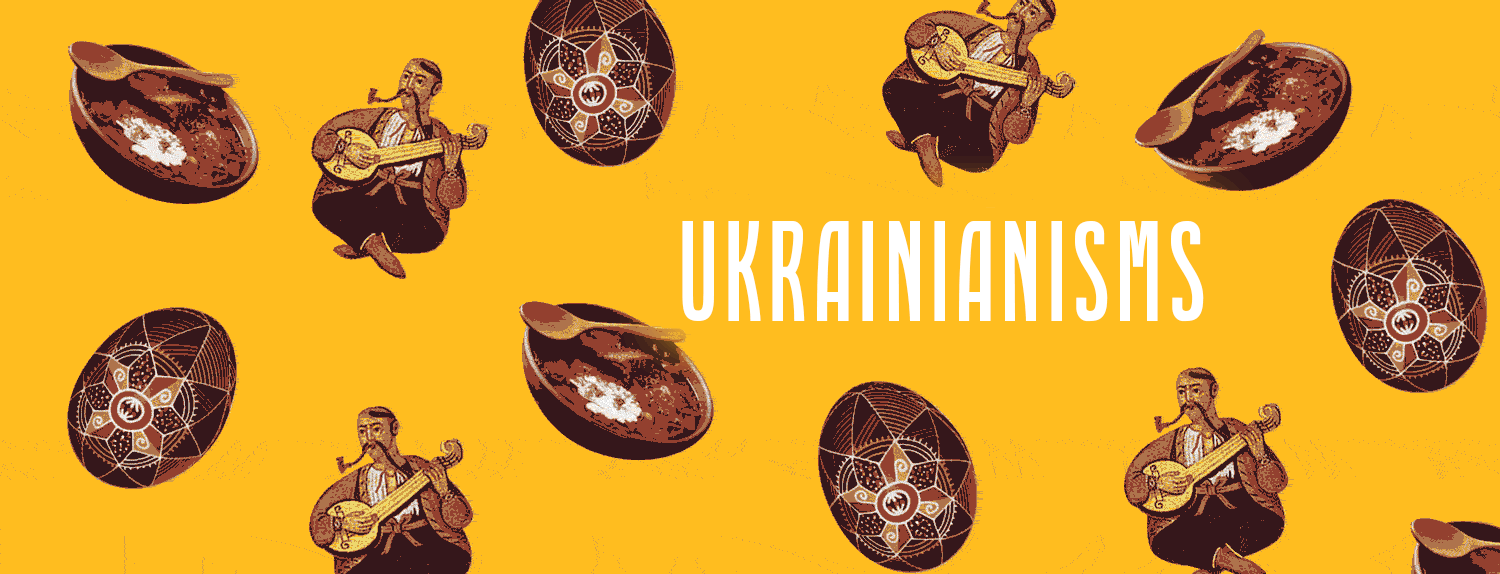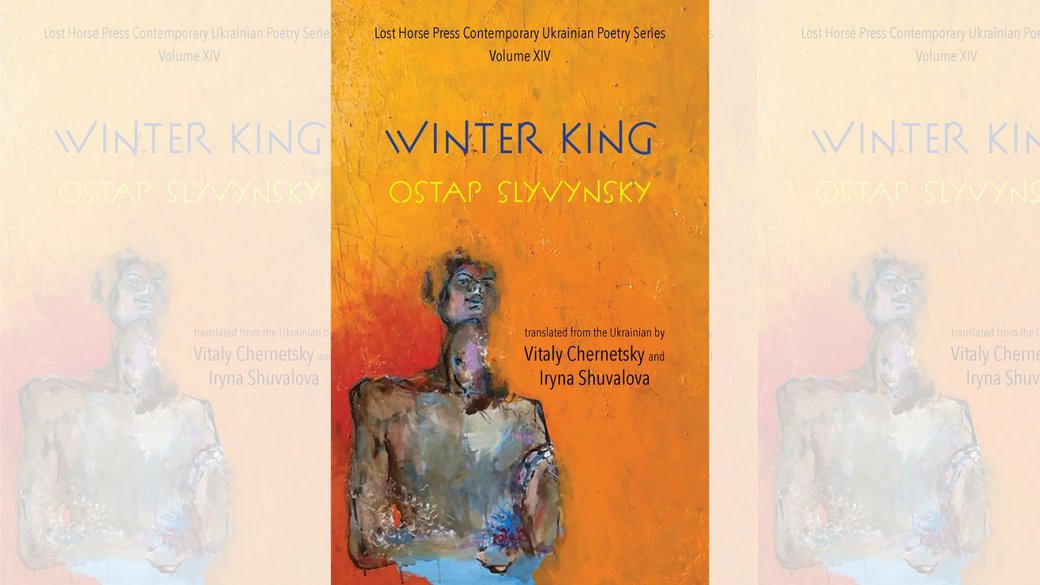* ESC - закрити вікно пошуку
Mykola Zerov: the Myth
12.04.2024
Mykola Zerov is the one called the living silver, who would become a leading poet among the neoclassicists—an informal group of Kyiv poets in the early 20th century, who reimagined classical forms of European poetry in a modern way. Every biographer would remember Zerov’s smile, and the rooms where he held lectures would always be filled to the brim. After his arrest, he would argue with the Chekists about the Ukrainian classic Panteleimon Kulish, and while in exile in Solovki, he would translate the Aeneid. A “voracious bibliophile,” he longed for conversations with the classics and would ultimately find himself in the canon.
The Kyiv Tradition
In 1903, when Zerov was 13, he entered the Kyiv First Gymnasium. Here, alongside friends, he created a handwritten magazine titled The Bored Eighth Grader, filling it with verse parodies of gymnasium students and their teachers. The gymnasium administration struck back for this rebellion: they deliberately lowered Zerov’s grades at the graduation exams to prevent him from receiving a medal for academic excellence.
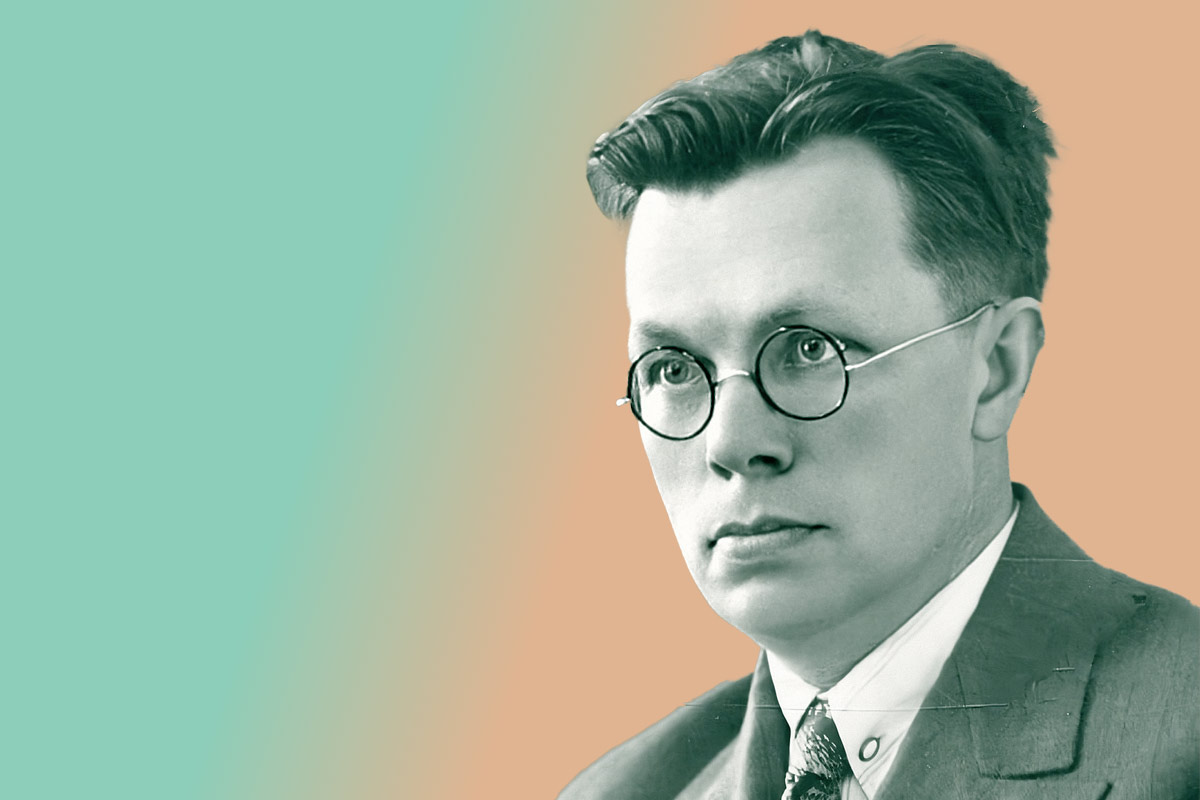
However, this did not stop him from entering the Faculty of History and Philology at the Saint Volodymyr University in Kyiv. After graduating, Zerov would spend three years teaching in Zlatopil, near Kyiv, briefly staying in Kyiv itself, and then spending three years in the village of Baryshivka. In 1923, nonetheless, he would return to the university (which now was the Kyiv Institute of Public Education) as a lecturer. That same year, Zerov wrote the sonnet “Kyiv from the Left Bank”—a text-landscape, filled with tremulous love for the city and its Baroque architectural heritage.
Greetings, dreamy, golden-domed,
Upon the blue hills… Wrapped in thought, sleeping,
Not for you, the younger, does the bright
Twilight of our crimson days burn.
Long gone are the days of your glory,
And weeps the hundred-voiced copper of the bells
That the happy moments of your flourishing,
Your bloom and state will not return.
But, traveller, stand here on the sands,
Look at the whims of baroque domes,
At Schädel’s wonder of white columns:
It still lives life, and it still cradles might,
This hill, so green and dreamy,
This sky that’s nailed with gold.
Zerov frequented and circulated in Ukrainian circles after his last years of gymnasium. He was captivated by Ukrainian literature at the time and sought out fresh issues of “Ukrainska Khata” (Ukrainian home)—the most notable publication of literary periodicals of the Dnieper Ukraine (over Dnieper land). Naturally, when the Ukrainian Club Rodyna (family) emerged in 1908, Zerov attended its meetings. Rodyna mainly consisted of families of Ukrainian intellectuals—the Kosaches, the Staritskys, the Lysenkos, and people from their circle. They gathered in a house at the corner of Volodymyrska and Zolotovoritska streets in Kyiv.
It was here that Zerov met the critic Serhiy Yefremov who in 1910 contributed to his literary debut: the 20-year-old Zerov, representing the student body, spoke at the funeral of the historian and literary critic Borys Hrinchenko. Shortly thereafter, Yefremov published the collection Over the Grave of Borys Hrinchenko with Zerov’s speech included. Later, Yefremov would collaborate with the magazine Knyhar (bookstore owner or worker), the editorial office of which was located near Rodyna. The collaboration stopped when the Bolshevik advance forced him to leave Kyiv.
Swampy Lucrosa: “rural muses” and vernacular baroque
In 1920, the Ukrainian Revolution faced defeat and Bolshevik power solidified in Kyiv. The city teetered on the brink of famine, lacking fuel, water, and electricity. Most of Kadetskyi Hai, a park in Kyiv, disappeared from the map as residents were forced to chop down trees for firewood.
During this difficult time, Mykhailo Simashkevych, the director of a labor school in Baryshivka, invited Mykola Zerov, then a literary critic and editor of the magazine “Knyhar,” to Baryshivka. There, Zerov would teach history, Ukrainian language, and Latin. The conditions in Baryshivka were significantly better than in Kyiv, offering teachers supplies like flour, millet, lard, and firewood, which were beyond the dreams of the capital’s residents.
RELATED: ‘Whoever liberates themselves, shall be free’. Lesya Ukrainka’s life and legacy
Zerov starts to call the village “Lucrosa,” as the Ukrainian word barysh translates in Latin to lucrum, which means profit. By the time of Zerov’s arrival, the poet Yurii Klen was already teaching there, and soon after, the notable prose writer and scientist Viktor Petrov (Domontovych) settled in Baryshivka as well. The poets Pavlo Fylypovych and Maksym Rylsky also paid visits. Thus began the Swampy Lucrosa, which became the period of formation of the Neoclassicist circle. Later, after returning to Kyiv, the poet Mykhailo Drai-Khmara would join them, completing the “bunch of five” and solidifying the group’s formation.
The neoclassicist circle came together because of friendship and shared values, particularly a love for the poetry of antiquity and French Parnassianism. Realizing that proletarian art was devolving into cheap propaganda, the neoclassicists countered it with their texts, where the precise structure of syllabo-tonic verse merged with a sophisticated network of intertextual nods.
In 1924, after the neoclassicists had returned to Kyiv, Kamena was published—a collection of original poems and translations by Mykola Zerov. Zerov’s translations from Eredi and ancient Roman authors sat alongside a poem about the Baroque writer Illya Turchynovsky, and astrological motifs were blended with Christian ones. Kamena is significant not only as a prime example of neoclassical creativity, but also as a way to see the reverence with which Zerov and his colleagues thought of the poets they emulated.
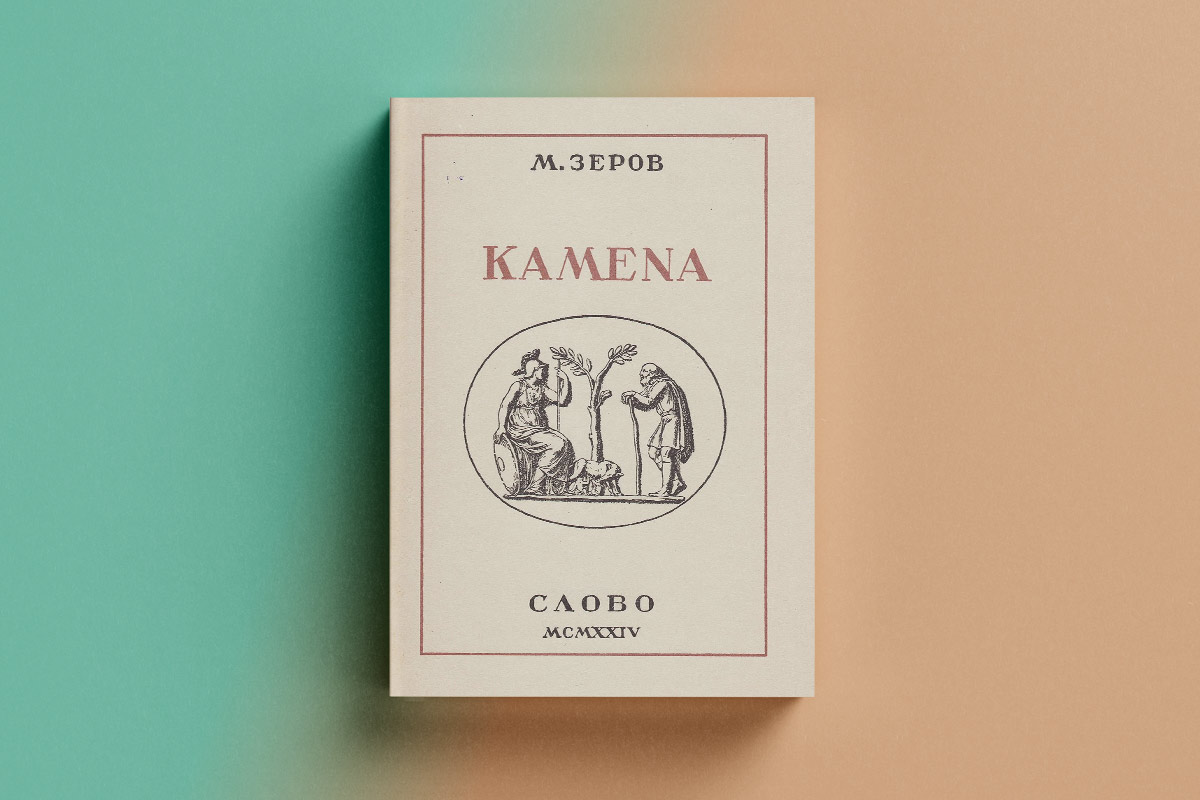
M. Zerov, Kamena (in Ukrainian)
Notably, the neoclassicists championed the need to read European artists, learn from them, and engage with their texts, thereby affirming that Ukraine is an integral part of Europe’s literary process.
Each of the neoclassicists knew several languages, which facilitated active translation work, a pursuit within Zerov’s circle that was no less important than original creative efforts. The neoclassicists made significant efforts to make European literature accessible to Ukrainian readers.
Mykola Zerov, in addition to his translations from ancient and French authors—Virgil, Horace, Martial, Ronsard, Heredia, Gautier—engaged in literary criticism and wrote scholarly articles, developing a course in Ukrainian literature. Through his texts, one can trace how Ukrainian literature changed over 150 years “from Eneida to Aeneid”: from Ivan Kotliarevsky’s burlesque-travesty adaptation in 1798 to the translation of Virgil’s original that Zerov worked on from the 1920s until the end of his life.
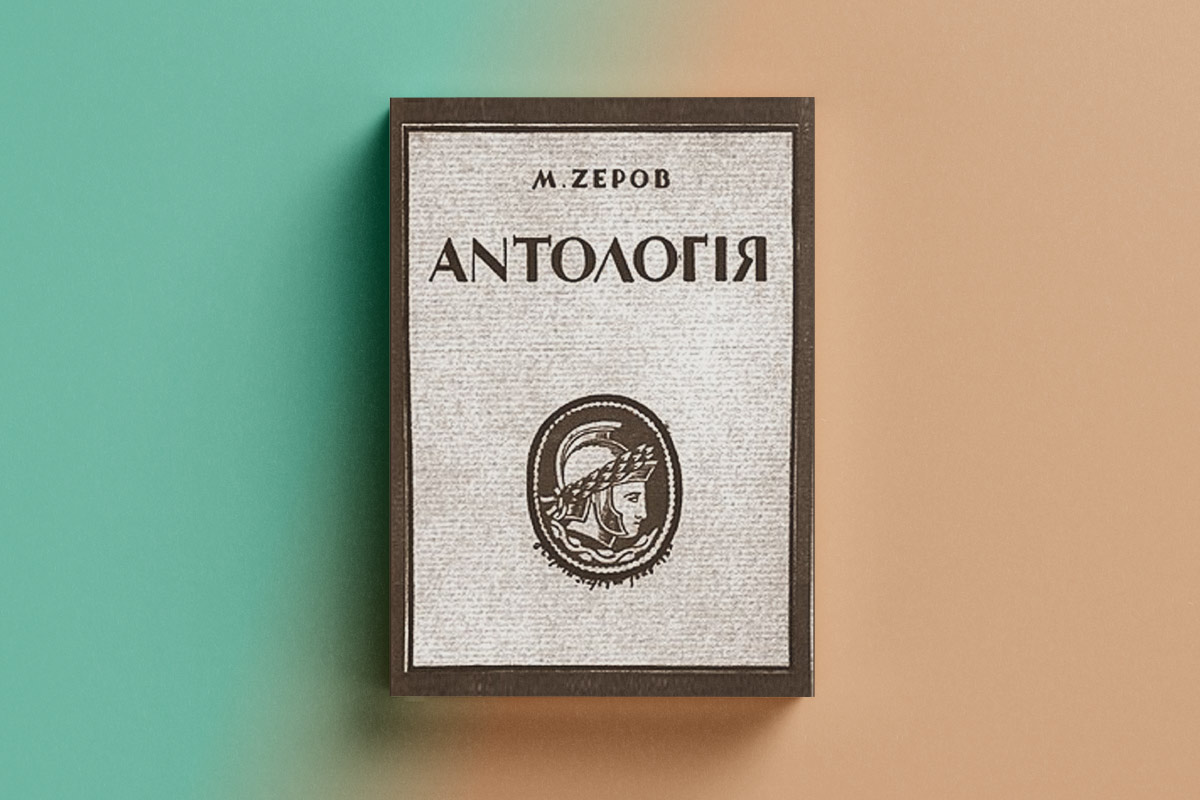
M. Zerov, Anthology (in Ukrainian)
On meatballs
1912, in a student dining hall. Mykola Zerov met the Loboda sisters—Yevheniya, Hanna, and Sofiya, a student of the Kyiv Higher Women’s Courses. Later, Sofiya would reminisce that Zerov “couldn’t be called handsome, but it was also impossible not to notice him among the crowd of students.” The sisters noticed that Sofiya caught Mykola’s eye—however, they didn’t yet give it much attention.
In 1920, eight years after they met, Mykola and Sofiya got married. In her memoirs, Sofiya Zerova recounts falling ill with typhus and being hospitalized before their marriage. Despite Kyiv being on the verge of famine, Mykola managed to buy meatballs for weakened Sofiya. She realized she needed to reimburse Zerov for the expenses, and the couple soon got married. Afterwards, Zerov joked that “the meatballs settled the whole affair” and that Sofiya was “far-sighted and cunning: she didn’t want to pay off the debts, preferring, therefore, to get married and settle them this way.”
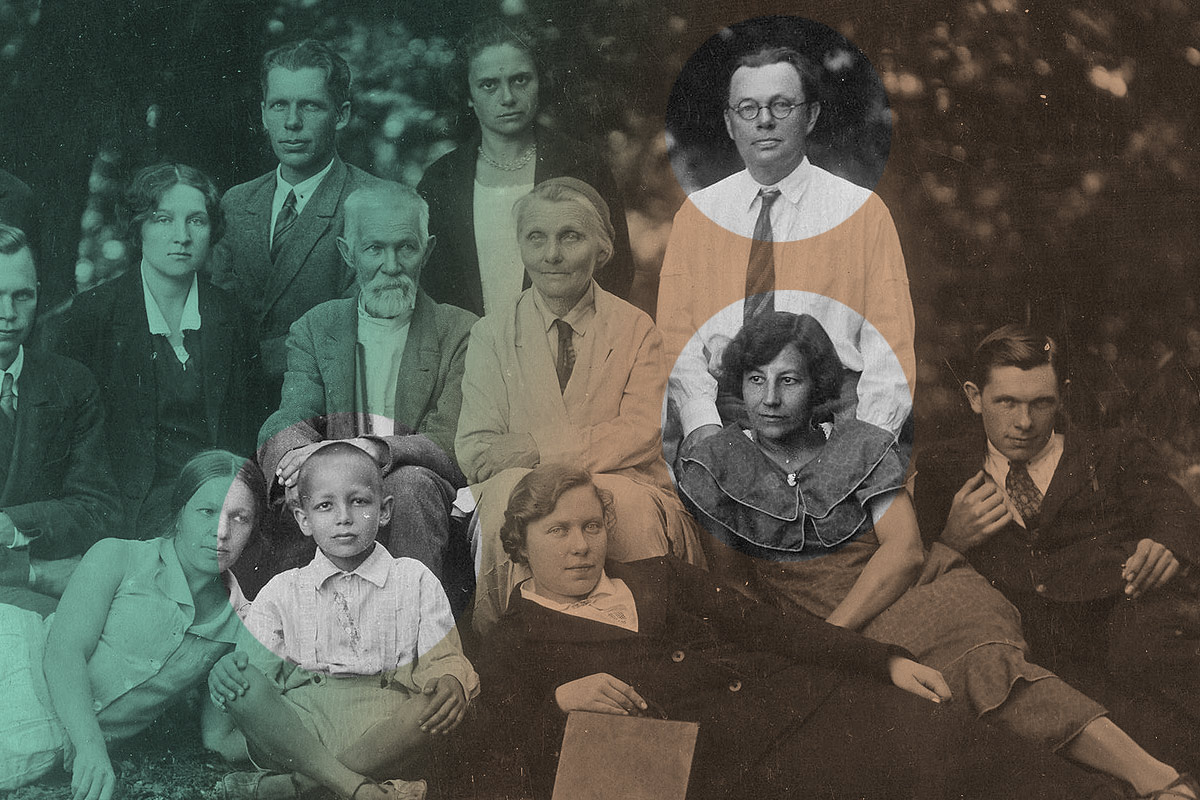
Consequently, the couple moved to Baryshivka for nearly three years where Sofiya met Viktor Petrov. This led to one of the most famous love triangles in the history of Ukrainian literature: Zerov knew of his wife’s infidelity but maintained a friendly relationship with Petrov; Petrov’s letters to Sofiya and his memories of Mykola became equally important parts of his legacy; after Zerov’s death,Sofiya, in turn, zealously guarded the archives of both her men: the executed Zerov and the secret service agent Petrov.
In 1924, the Zerov family welcomed a son, Kostyk, whom everyone would call Kotyk (kitten). The boy was the spitting image of his father—they even called him “the little Mykola Kostevych.”
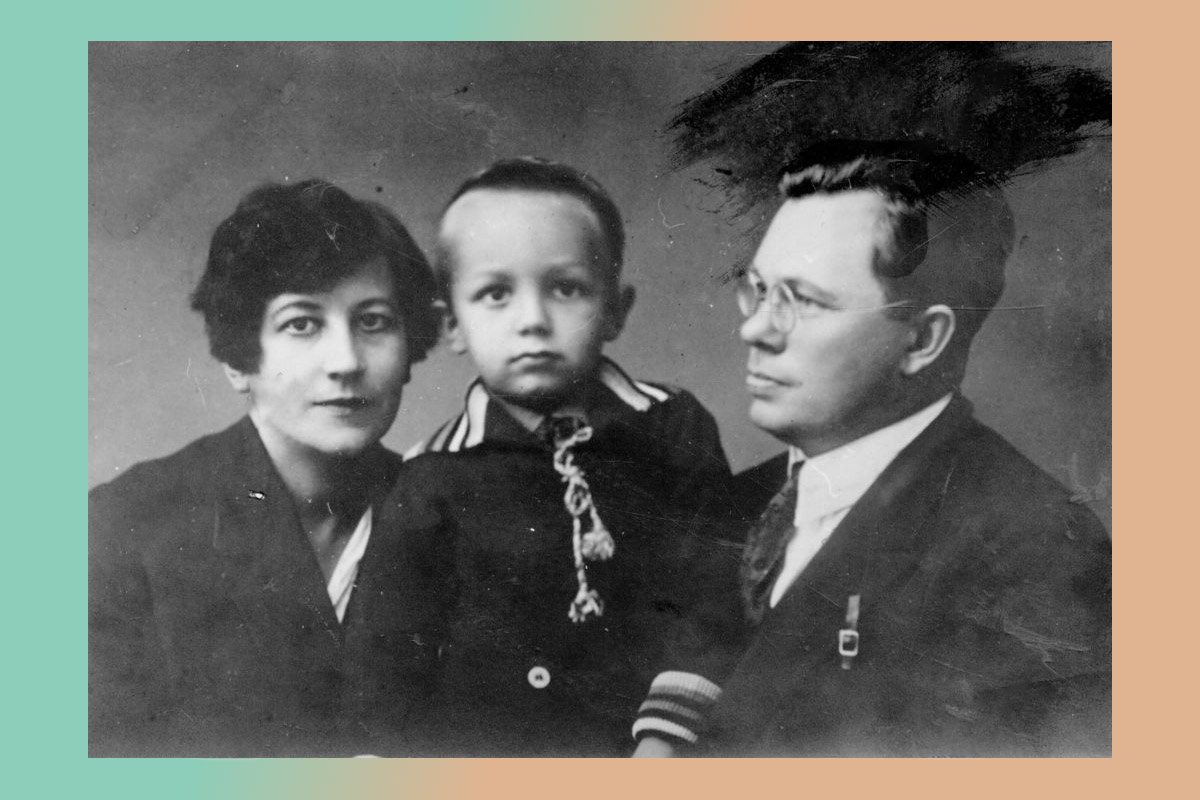
Mykola Kostevych was a skilled orator whose public speeches often received standing ovations. Sofiya Zerova warned her husband that applause was only forgiven for actors—but his success would not be forgiven. She was right: by 1934, the clouds around Zerov began to darken. The neoclassicists were accused of sympathizing with “bourgeois Europe” and desiring to restore the imperial regime. Eventually, Zerov was deprived of the opportunity to teach, and later was dismissed from the university altogether. From then on, he had no right to publish, forcing him to release his translations under pseudonyms. During this time, an event occurred that completely shattered Zerov: his ten-year-old son Kotyk died of scarlet fever.
RELATED: The Steamship that Carried Valerian Pidmohylnyi
Zerov buried his son alone, without his wife, who, while caring for the sick Kotyk, had herself fallen ill with scarlet fever. Only a few people attended the funeral of the son of the “unreliable” “bourgeois nationalist” Zerov. Standing over his son’s grave, Mykola Kostevych delivered a lengthy Latin oration, bewildering those present who wondered why Zerov spoke at such length and why his speech was laced with quotations from Roman classics.
Shortly after, he wrote one of his most heart-wrenching sonnets, mourning Kotyk’s death:
It was a blissful dream of ten years long!
So fully blood within the heart did throng,
And light that circled of ecstatic suns
Ascended to the sky’s blue canopy.
Each year sounded with a different tone,
On every day its own seal was set,
And fate was looked upon
As something with no obstacle or end.
But… the enchanting happiness dispersed:
An autumn day, the warmth and lucid sun
Just saw me as a withered stem.
I’m standing silent, with no strength to live:
All thought now clings to this white, gloomy mound
Of such a mercilessly early grave.
In the abode of Zosima and Savvatiy
After Kotyk’s death, Zerov went to Russia, hoping he could work there without hindrance. For half a year, Mykola Kostevych unsuccessfully tried to assimilate into a foreign country, until the night of April 27—a day after his birthday—when he was arrested and accused of leading a counter-revolutionary terrorist organization.
On December 26, 1934, Zerov visited Maksym Rylsky’s apartment to discuss the contents of an upcoming anthology of poetic translations and read poems with those present—this was a day that Soviet special services designated as the foundation of a group allegedly preparing a military coup. Zerov was named the head of this group—a man who had never held a weapon in his life and couldn’t even chop wood.
Several months into his arrest, Mykola Kostevych, who initially approached his case with optimism and even entertained other prisoners with epigrams about themselves, began to feel doomed. During interrogations, he no longer tried to prove his innocence, crying and confirming all the investigators’ fabrications. In February 1936, during Zerov’s trial, he advised the other defendants to somehow incriminate themselves, warning that failure to do so would result in all of them being executed.
Mykola Kostevych was sentenced to execution, which was later commuted to ten years in labour camps and confiscation of property. The prisoners were sent to Solovki, and during the transfer Zerov’s sense of humour returned. Mykola Kostevych helped other prisoners write appeal letters, and they shared their food in return. Zerov joked about this episode in letters to his wife: “See, I’m beginning to make a living through legal practice.”
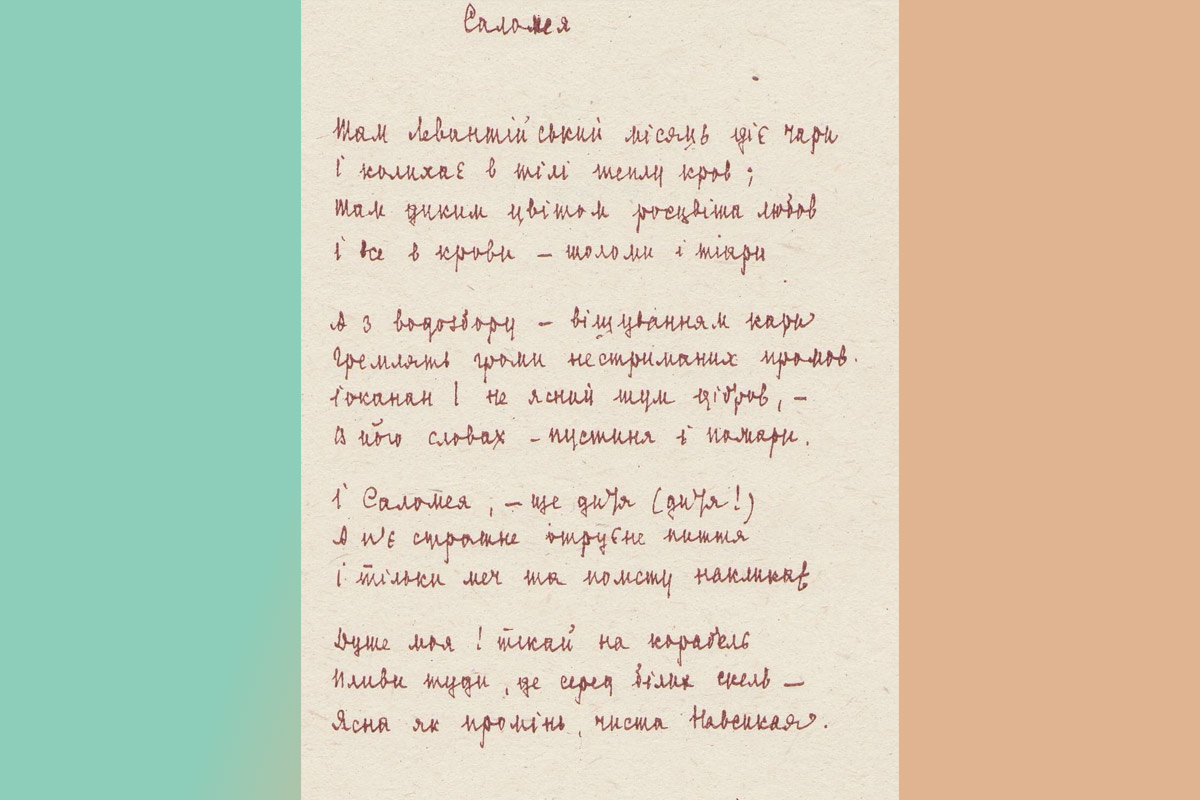
Later, he was assigned to work in the camp’s library, where he continued his work on literary translations, notably Virgil’s Aeneid.
Mykola Kostevych would not finish his work: on November 3, 1937, he was executed along with other prominent figures of Ukrainian culture in Sandarmokh forest massif.
Life after living
There is another significant spot on the Kyiv map of Mykola Zerov’s existence: Lukianivske Cemetery. Here lies his son, while his former wife shares a single grave with his friend. Years later, in the times of independent Ukraine, dissident Yevhen Sverstiuk brought a handful of soil from Sandarmokh for a symbolic burial of Mykola Zerov next to his son, Kotyk.
Zerov expected his translation of Virgil to bring him the greatest fame. However, Mykola Kostevych was mistaken in this belief. Though he could not complete his work, he still entered the canon of Ukrainian literature as an exquisite poet, a theorist of Ukrainian translation, and a thoughtful literary critic. Known primarily as a lecturer and scholar during his lifetime, Zerov understood that his poems would find their audience posthumously. Mykola Kostevych’s texts managed to encompass the constants of Ukrainian and European culture, delineating tradition and continuity. In Zerov’s verses, “the years pass but myth does not,” and it is for this, and for the unbearable lightness with which the poet wields numerous allusions, that we cherish his texts.

Zerov’s legacy was preserved by his brother, Mykhailo Orest, who published several of the poet’s collections in emigration: Sonnetarium, Corollarium, and Catalepton. To ensure that Zerov’s memory did not fade, his relatives recorded their memories of the repressed professor. Thanks to their effort, a collection of texts about Mykola Kostevych has been preserved for posterity, including essays by Sofia Zerova, Yurii Klen, Abram Gozenpud, Lyudmyla Kyrylova, and others. Zerov is depicted as he was in life: ironic, wise, candid, more often smiling than troubled. The owner of an impressive library and a tireless translator.
Translation: Kristina Pihol
Editing: Yuliia Medvid-Hnepa, Nicole Yurcaba
This publication is sponsored by the Chytomo’s Patreon community
що більше читаєш – то ширші можливості


